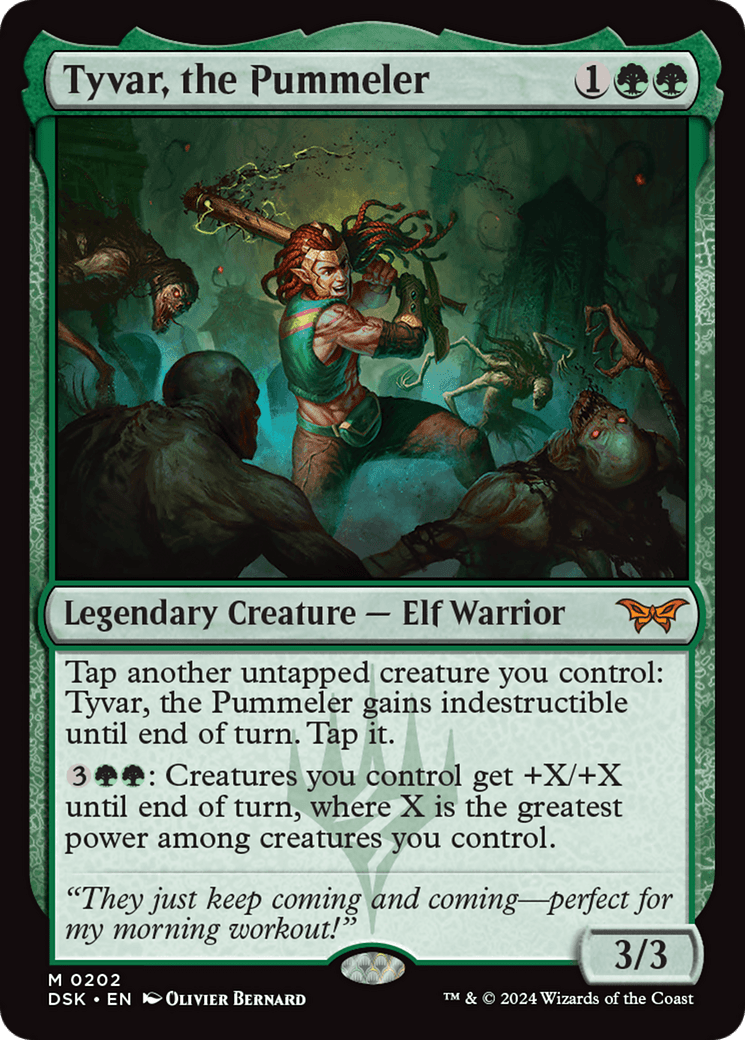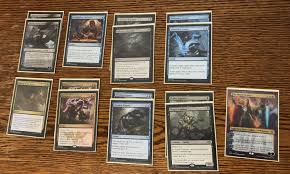The Untapped Power of Magic: The Gathering Sideboards – What Most Players Overlook

Ask ten Magic players how they build their sideboard, and eight will say it’s just insurance. But dig into high-level play, and it’s clear the sideboard is more than backup – it’s a sharp tool that wins matches before cards are drawn. If you’re treating your sideboard like a set of silver bullets, you’re already behind.Recent tournament results and testing logs show that seasoned players aren’t just responding to threats — they’re setting traps, manipulating expectations, and reshaping their decks between games in ways most players never even consider.
Tactics That Flip the Script
The Meta-Trap Setup
There’s a layer deeper than just sideboarding to counter the meta. Some top-tier decks are packing cards solely to answer what they expect the opponent to bring in. Say you’re on the play game 2 — you drop [[Pithing Needle]] and call [[Haywire Mite]]. You didn’t stop their main game plan, you sniped their adjustment. And now they’re stuck.
Going 16-Land… Psych
Against aggressive lists, some players quietly remove a land post-board. It changes draw quality, tightens the curve, and — here’s the kicker — it causes more misreads during sideboarding. A surprising number of MTGO users (63% in one sample) mulligan wrong in response. Your deck changes pace, but they didn’t get the memo.
Emotional Disruption, Not Just Strategic
We’ve all seen it: someone tilts after their combo gets wrecked. But what if you could engineer that tilt? Cards like [[Test of Talents]] do less raw work than [[Negate]] in some matchups — but when a player sees half their sideboard vanish from their library, they overthink every decision that follows. You didn’t just answer a spell; you wrecked their mindset.
Change the Game, Not Just the CardsTransformational sideboards aren’t new, but most players never try them. A five-card swap can shift your entire archetype. One popular line: game 1 as Burn, games 2 and 3 turn into tempo-control using tools like [[Roiling Vortex]] and [[Deflecting Palm]]. It confuses mulligans, dodges hate, and flips the matchup upside down.
Sideboard Strategy by the Numbers

Digging into Grand Prix decklists and post-event interviews, a few patterns jump out:The average top 8 deck runs 3.2 dedicated hate pieces per matchup — not overall. That means tight focus.Full 15-card sideboards aren’t always optimal. Some pilots leave 1–2 cards out entirely to sharpen swap plans.Most players switch 4–5 cards on average. In testing groups, the number is closer to 7–8. That gap matters.
Nuanced Moves from the Pros
Watch the Hands, Not the Cards
Pros talk about “the sideboard tell.” Players unfamiliar with post-board play will hesitate, double-check decklists, fumble sleeves. Smooth movements mean rehearsed plans. Don’t just look at what they board — notice how.
Approach It Like Game 4
Here’s a twist: imagine every sideboard decision is for a tiebreaker you need to win. It changes how you value reactive cards vs proactive threats, especially on the draw. Think desperation, not comfort.
Use the Blank SlotOne mind game that’s been picking up steam: leave a visible gap in your sideboard when presenting. Just one empty sleeve. Most opponents will notice — and some will overthink it. Did you forget a card? Are you bluffing a transformational board? You don’t even need to do anything. It’s already working.> “My sideboard wins more games than my maindeck.” – Reid Duke



